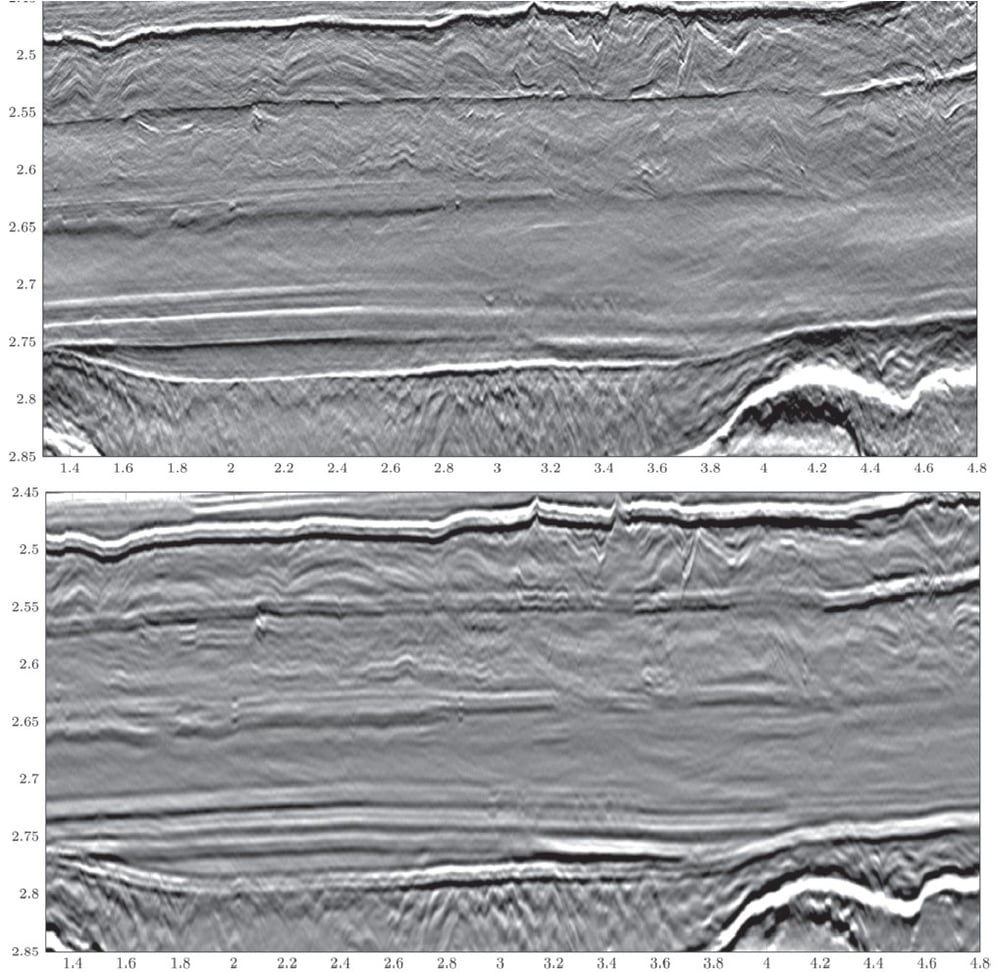First Published: First Break Magazine, Volume 39, May 2021
The oil and gas industry has developed highly sophisticated technology for offshore hydrocarbon exploration. The traditional
the focus has been on hydrocarbon exploration and production targets. These targets are commonly buried under a few kilometers of sedimentary layers and 3D seismic technology has been the main type of data acquired for characterizing these targets. A secondary focus has been on the shallow section, and it has mostly been driven by shallow hazard investigations to aid the drilling of those targets. This characterization is commonly done with 2D high-resolution seismic referred to as site surveys. In recent years, shallower targets have been sought for carbon capture and storage (CCS). It is best to store carbon dioxide in its critical state which is achieved at burial depths of about 800 m. Thus, the goal is to locate porous rocks with a natural seal at depths of 800 m-1500 m below the seabed. Deeper reservoirs can be used for CCS, but shallower ones are more economical. In addition, offshore mineral exploration is at the point of becoming a commercial activity. To characterize these mineral reservoirs or deposits, the selected type of data needs to resolve the very near-surface (first few decameters) at a very high resolution in an efficient way that enables the location of targets with an area extension of 100 to 300m. Thus, in 2021 3D seismic is aimed at best resolving the very shallow and the very deep. These facts motivated the set of experiments acquired in the AM20-lab in the Norwegian Atlantic Margin in 2020.
In this paper, the authors focus on AM20-lab test 2. While the focus of test 2 is to achieve ultra-high resolution near-surface 3D seismic for mineral exploration, the data provides multipurpose value for medium and deep targets as well. The survey was designed and acquired with a novel signal apparition deca-source encoding and was benchmarked against penta-source data from a production multiclient survey which was designed for hydrocarbon exploration.

Zoomed in section of migrated results. Top: Decasource joint decoded/deghosted/designature; Bottom: Pentasource deblended (post-migration deghosted).
Download the full article using the link at the top of this page.

